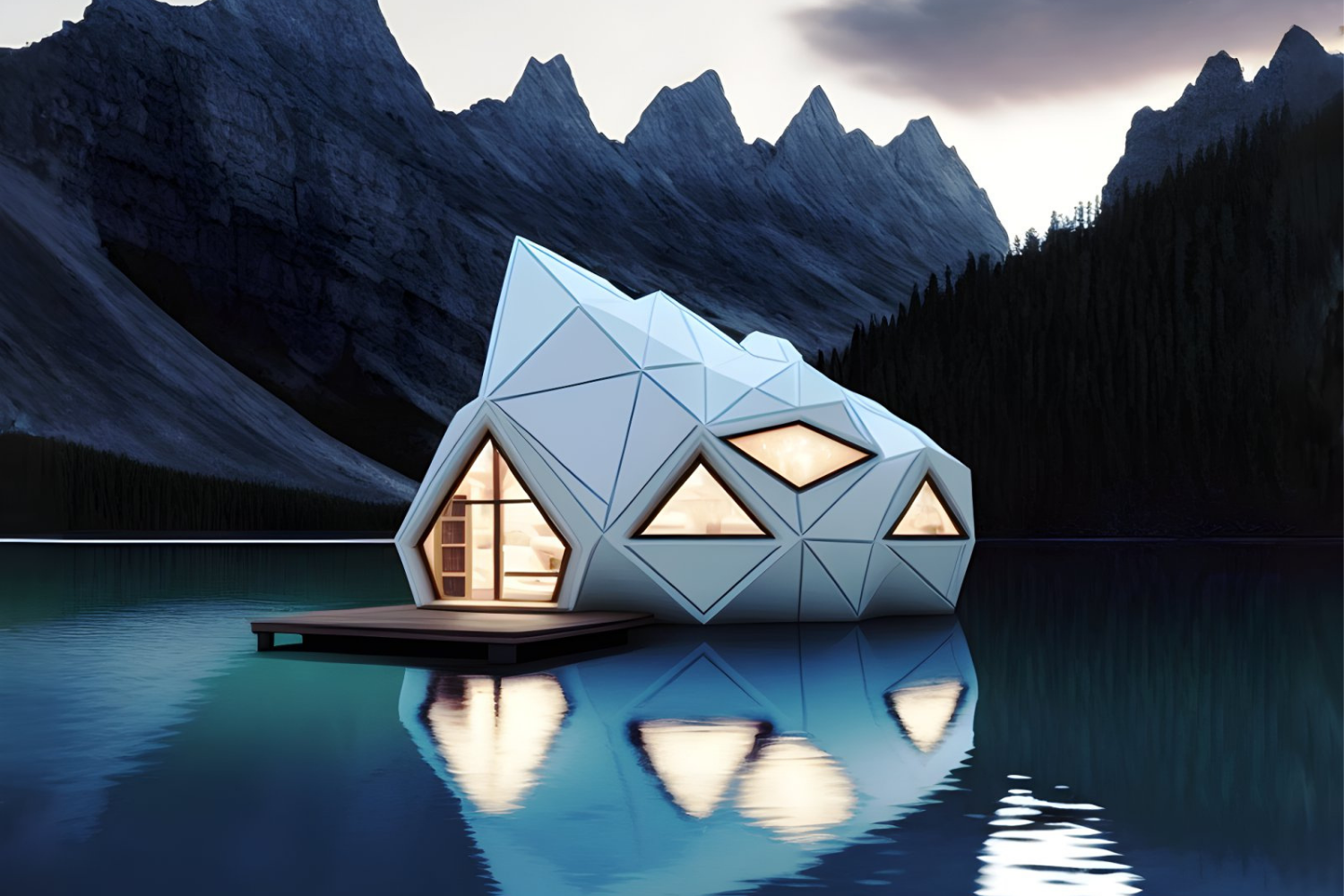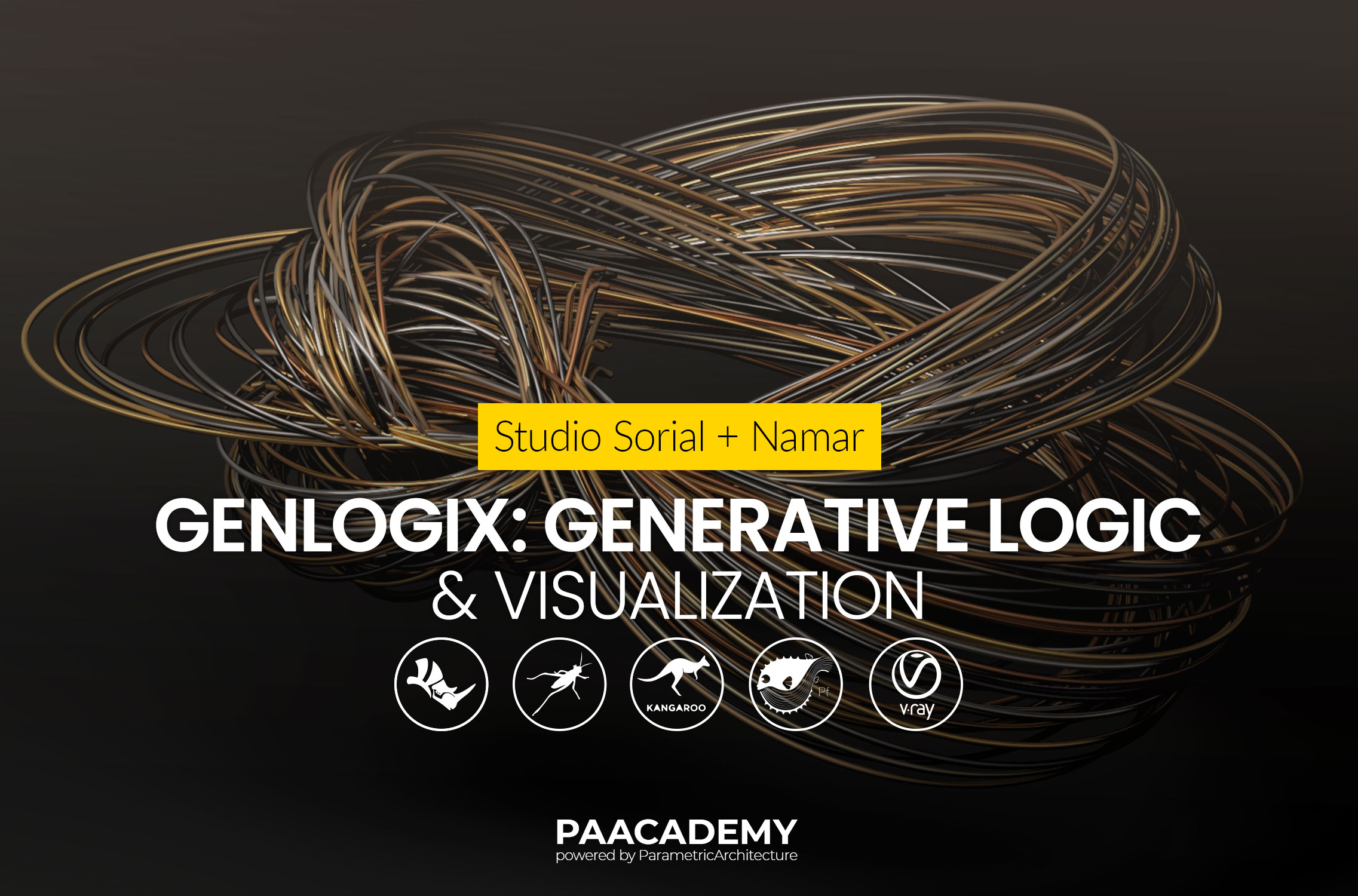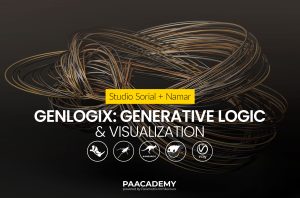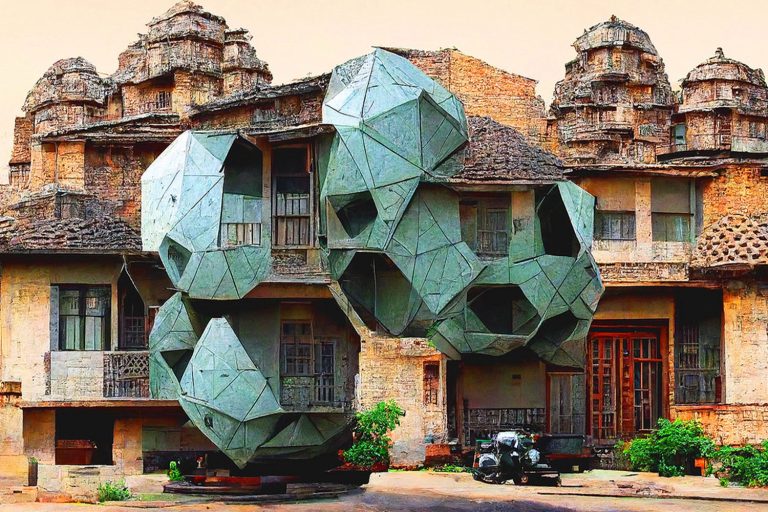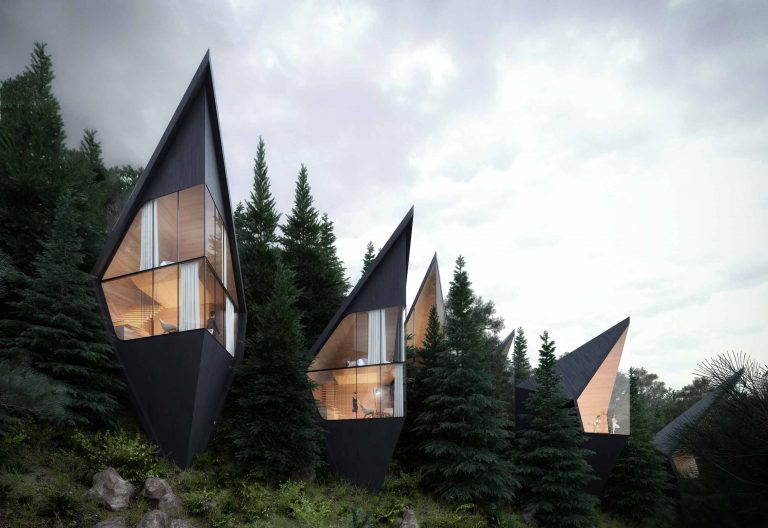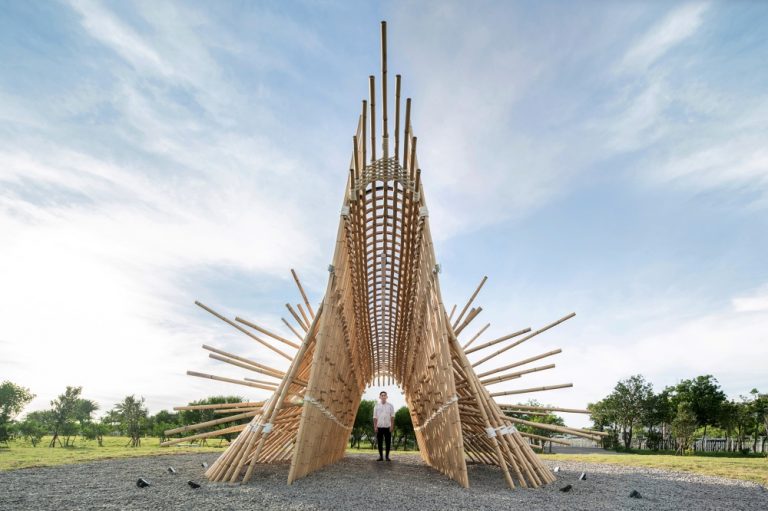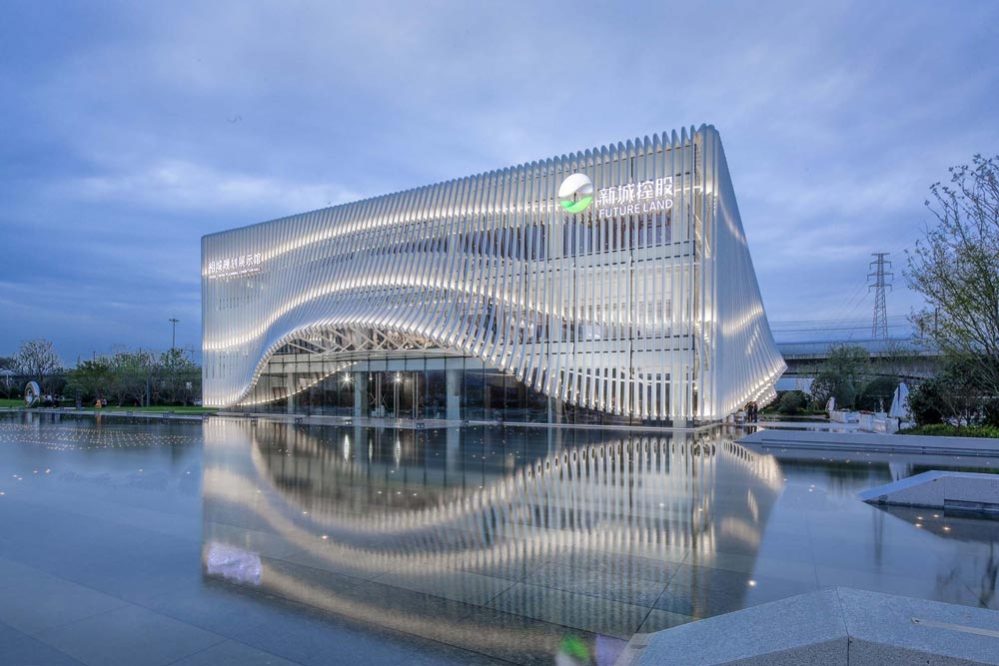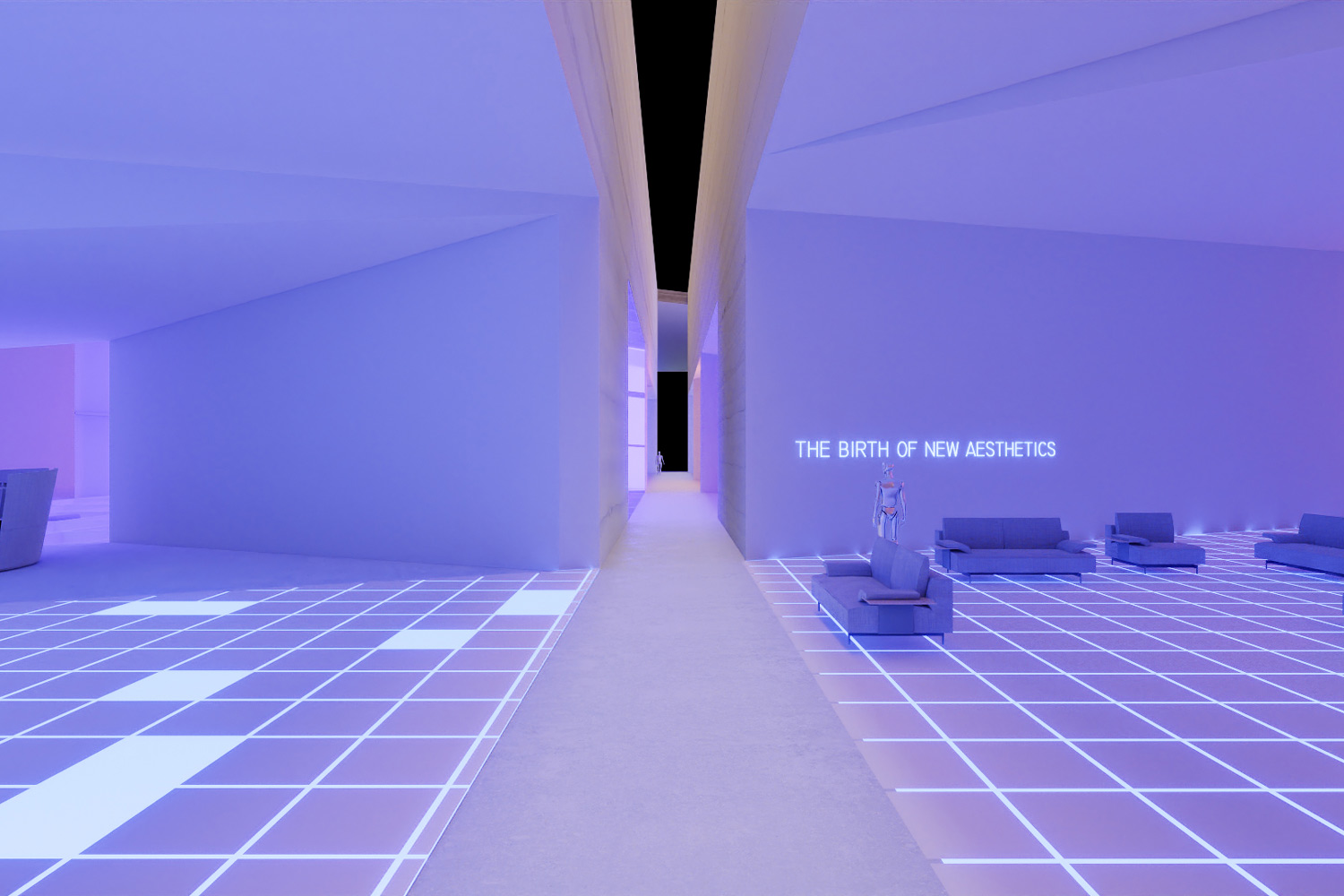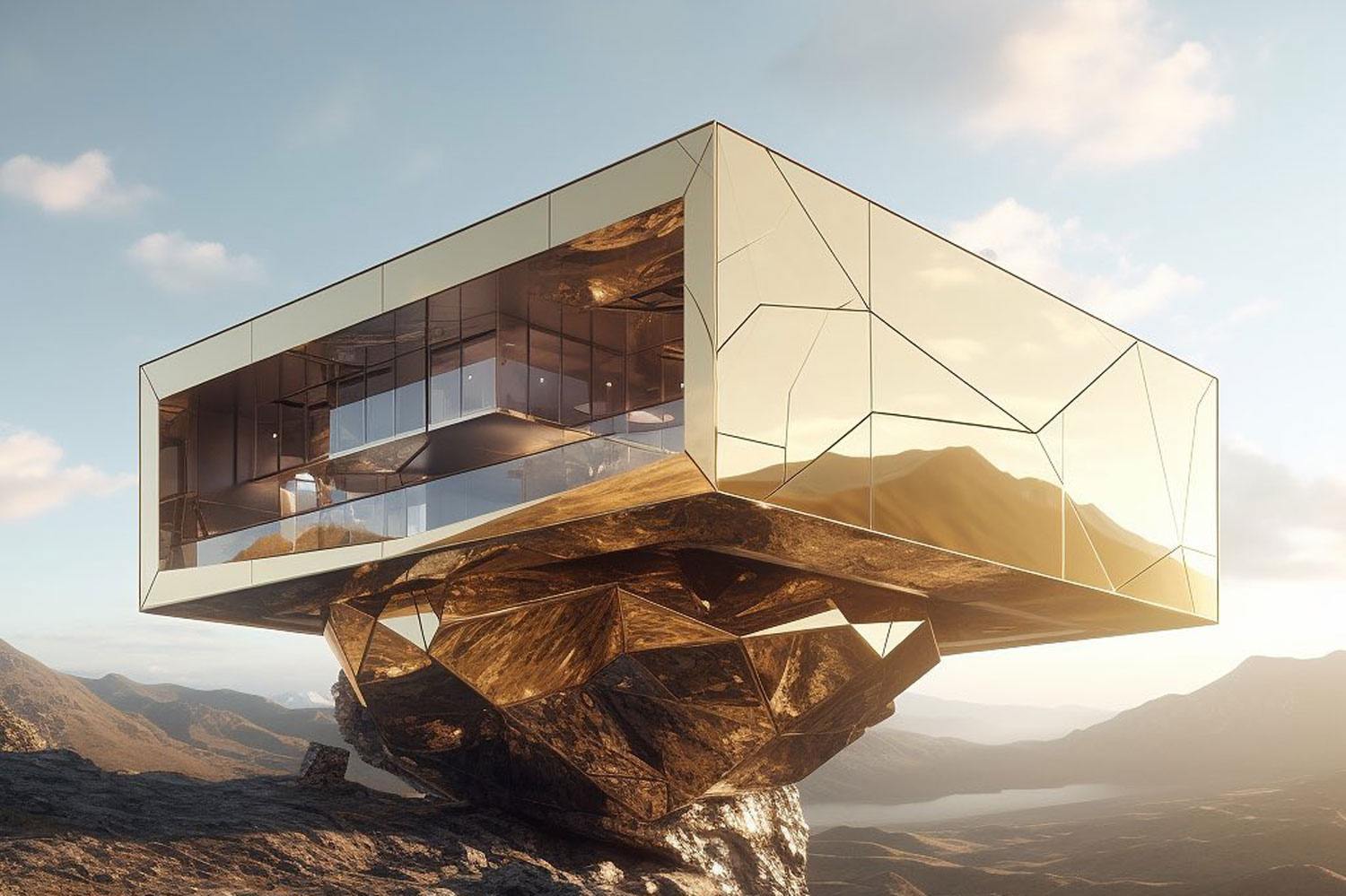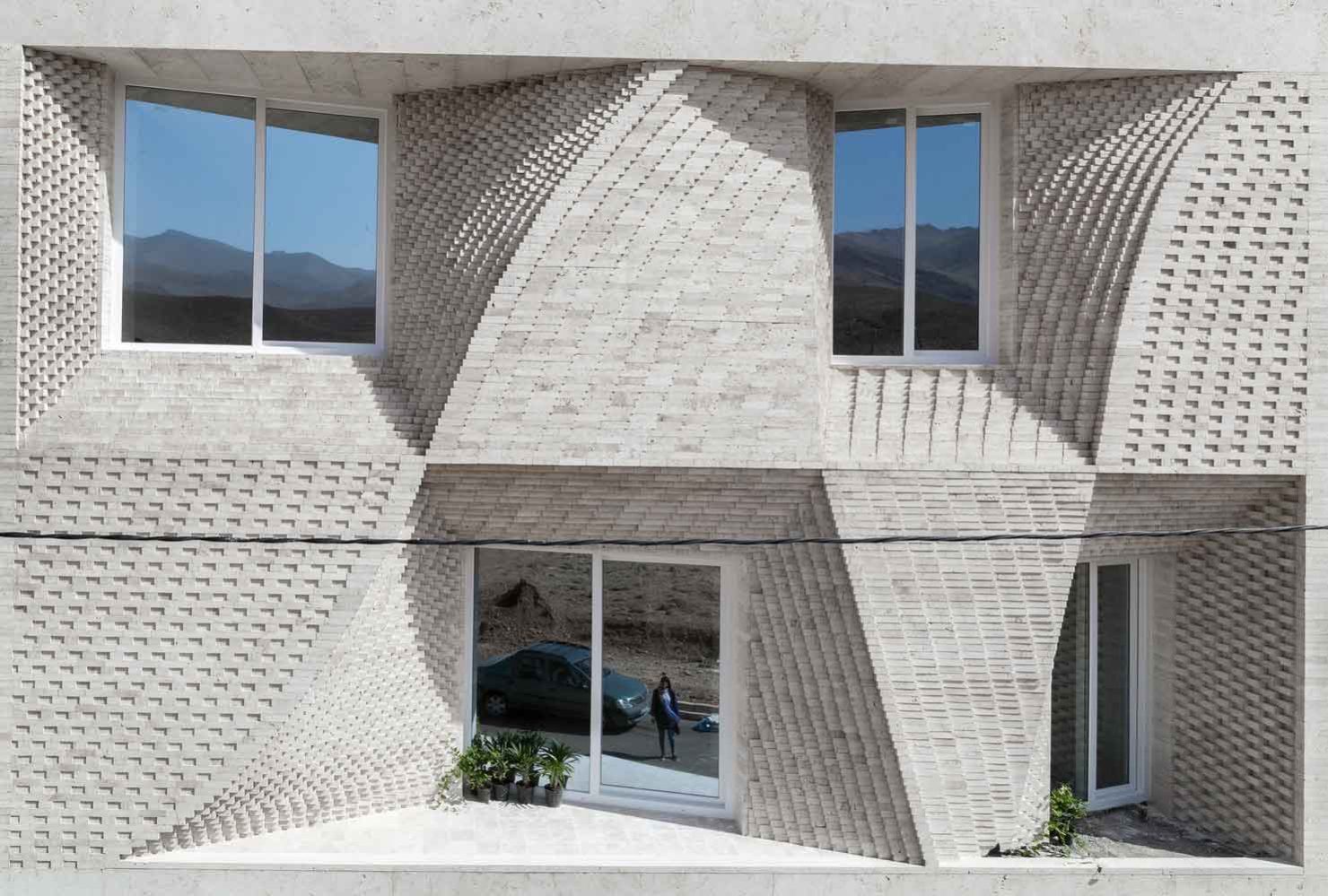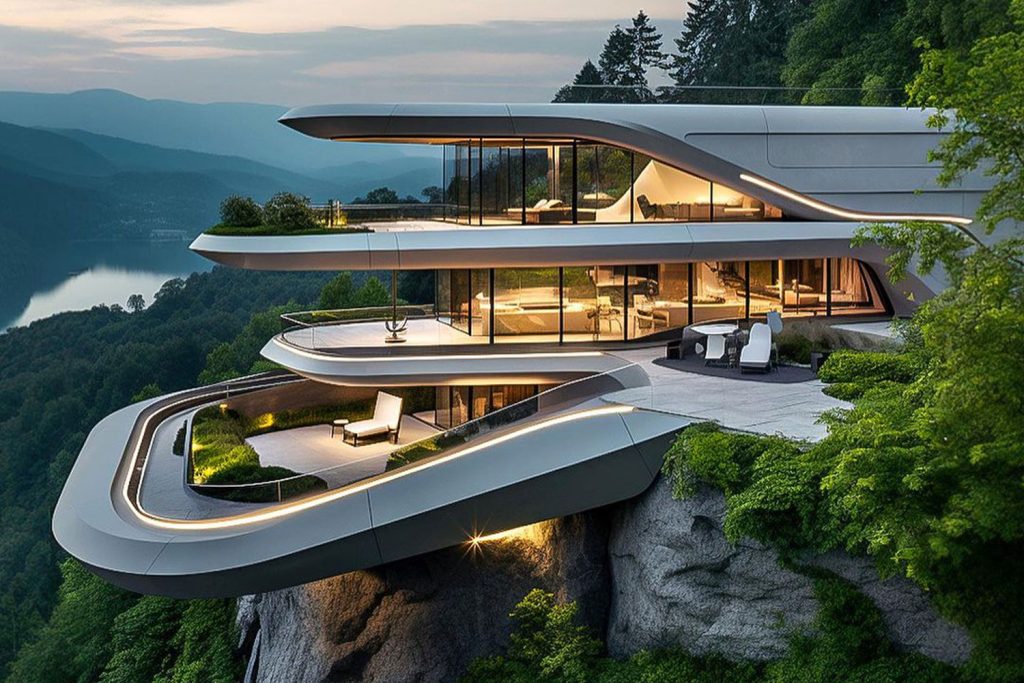
Creating a good concept is one of the primary goals of architects. However, presenting it clearly and understandably is equally important. After the rising popularity of AI, many designers also started to try AI-powered design tools. Designers use various methods to showcase their designs during their education and career. The language and design of a presentation play a crucial role in conveying the message effectively to the audience. As designers and architects, we spend significant time designing posters, creating mood boards, and writing informative texts for our projects.
If we have access to a valuable source of information, we can design faster and reduce the time we spend on creating good presentations, giving us more time for creative thinking and designing. So, here are eight trending AI-powered tools for architects and designers that can aid in image generation, rendering, floor planning, and more.
1. Midjourney

Image Generator
Midjourney is a generative AI program and service made and hosted by Midjourney, Inc., an independent research lab in San Francisco. It, along with Dall-E and Stable Diffusion, is one of the most-used tools for making AI-generated images. Midjourney turns natural language descriptions into pictures using what are called “prompts.”
Midjourney has some benefits for architects, such as saving them time, giving them good visuals, giving them ideas, saving them money, and so on. Many of the tedious design tasks that architects must do are done automatically by Midjourney, saving them time. Also, Midjourney’s machine learning algorithms and generative design technology learn from what architects say and develop designs that meet their needs.
If you want to learn more about Midjourney and other AI-generated tools for architectural design, join PAACADEMY‘s workshops.
2. Finch
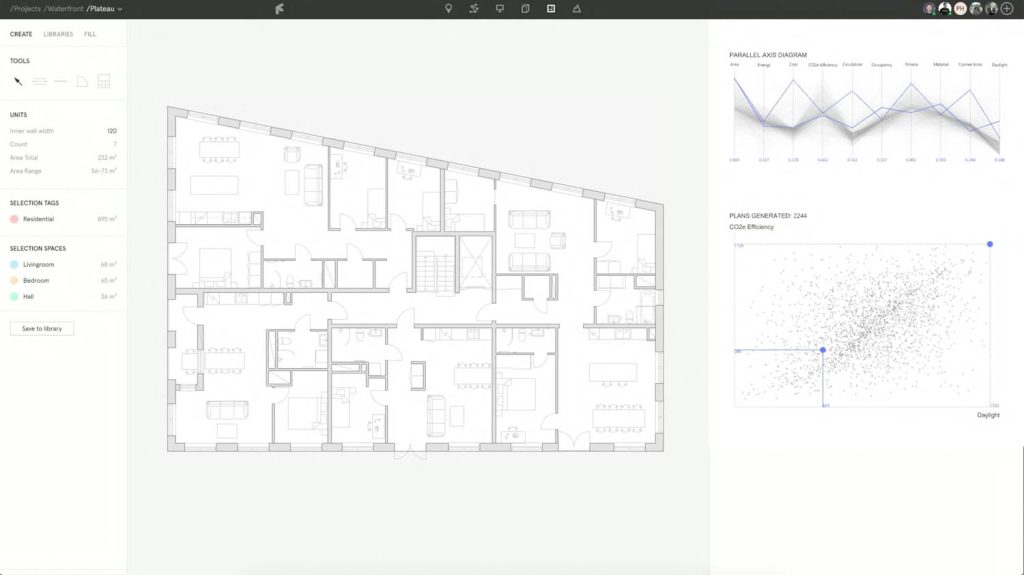
Floor Plan Generator
Finch is an AI tool that uses graph technology to optimize building designs. It provides immediate feedback on building performance, helps in the detection of errors, and offers optimal solutions early in the design process. The tool lets users repeat more quickly and explore multiple mass and program variants easily. Finch can automatically fill in stories with plans, allowing you to compare different options in seconds. Finch saves architects time on Excel roundtrips to calculate key figures by providing instant feedback on unit and area distribution, carbon footprint, daylight simulation, and other critical features.
With Finch, users can design building mass in software like Revit, Rhino, and Grasshopper while enjoying the benefits of bidirectional streaming of 3D data. This means that direct data feedback and changes can be made in Finch. Here are other AI-powered tools for interior designers and architects.
3. Spline AI
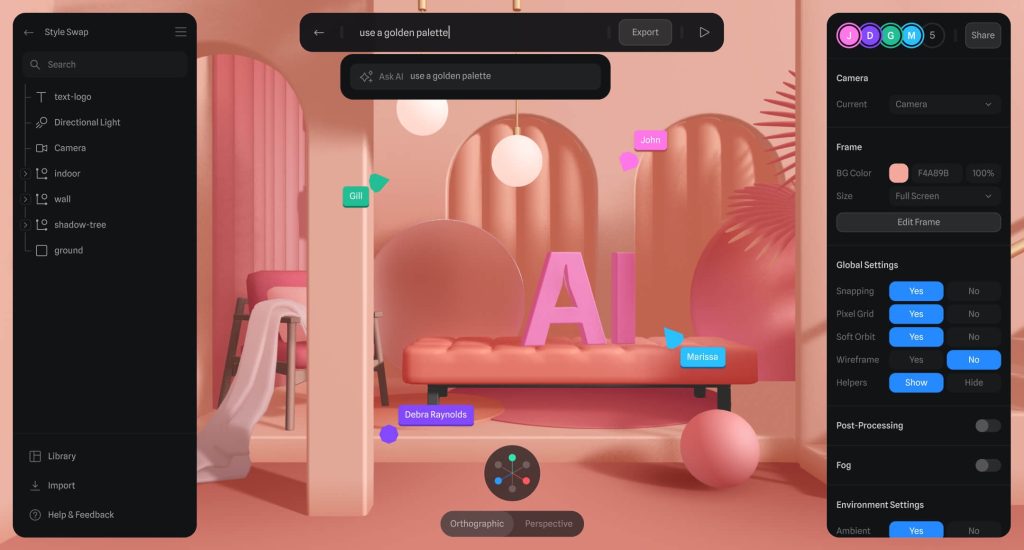
3D Modeling
AI prompts help users make 3D objects, animations, and textures with Spline AI, a 3D design tool. Thanks to AI, users can make scenes and objects just by describing what they want to make. This lets them design faster and come up with more ideas.
In Spline AI, designers can create textures for objects using text prompts. The tool also enables users to modify objects, apply materials, add lighting, and experiment in real time with teammates.
4. Promptmakr
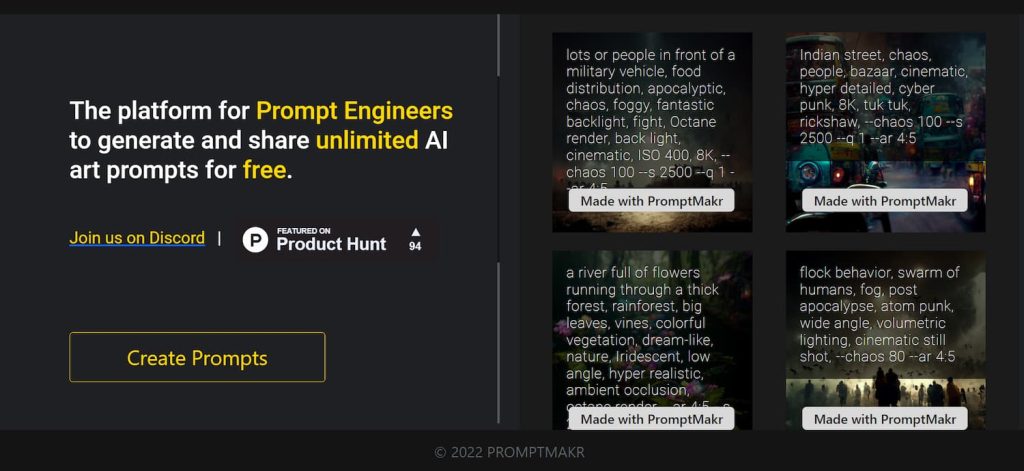
Prompt Generator
Promptmakr is a platform designed for Prompt Engineers to generate and share limitless AI art prompts without any cost. The system comes with a user-friendly interface that makes it easy for engineers to create their own collection of high-quality prompts.
Promptmakr has a vast array of features to choose from, such as a military vehicle with many people in front of it, food distribution, apocalyptic, chaos, foggy, fantastic backlight, fight, octane render, backlight, cinematic, Indian street, bazaar, and much more.
Here is a guide for writing good prompts for image generation.
5. MagicSlides
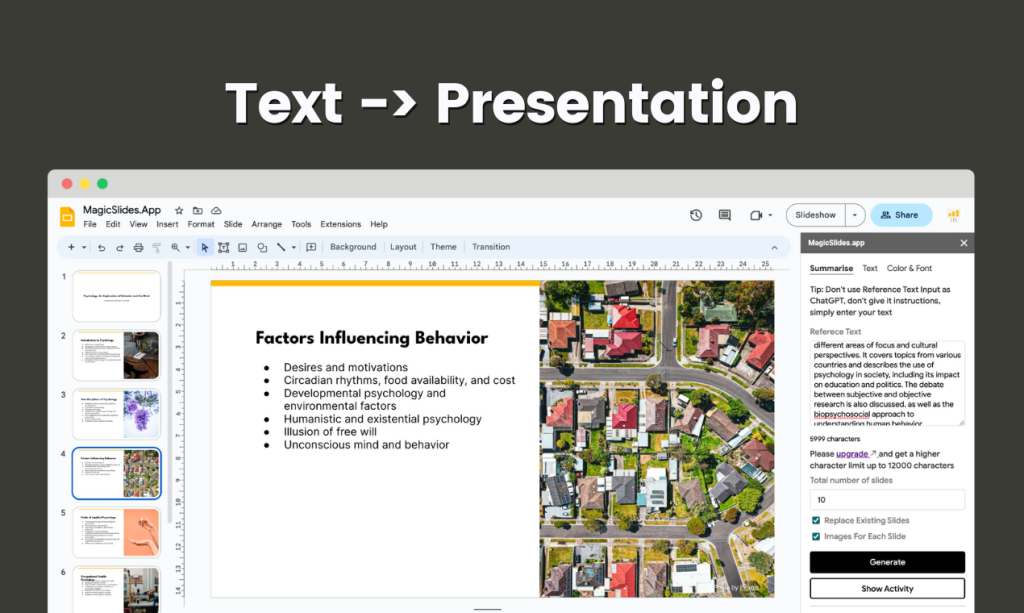
Presentation Generator
MagicSlides is a Google Slides add-on that uses AI-powered technology to generate presentation slides from any given text quickly and easily. By automatically summarizing the text and creating slides from it, MagicSlides allows users to customize their presentations according to their preferences.
In just two to three seconds, MagicSlides generates professional and high-quality presentations that are ready to be used. You can use this tool to create impressive presentations for your clients or jury.
6. Microsoft Designer
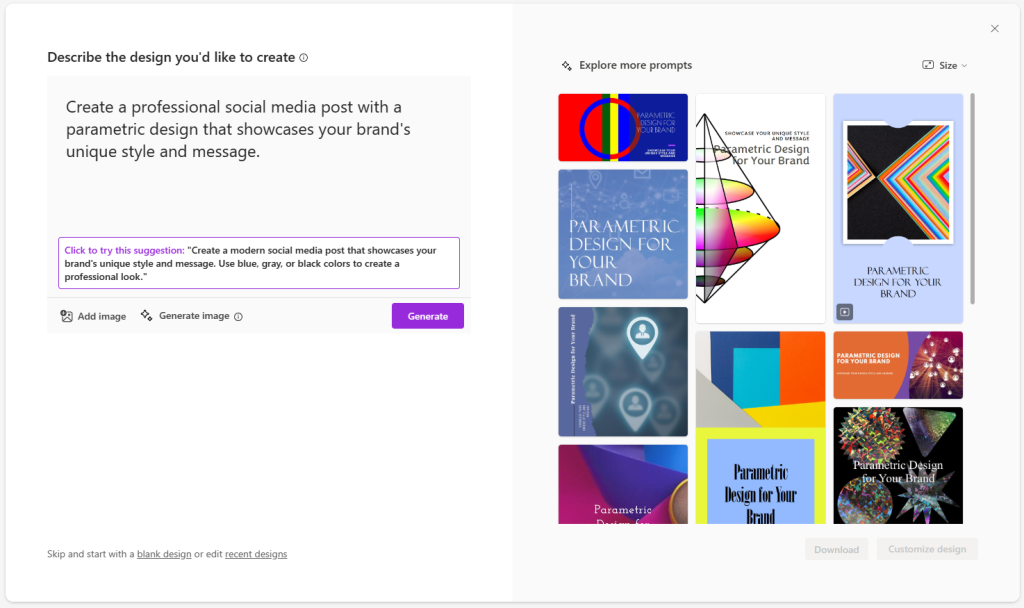
Graphic Design
Microsoft Designer is a web-based design tool that allows you to create graphics, illustrations, and any other visuals you can think of. It’s AI-powered, which means it can help you create professional-looking designs even if you have no design experience. Microsoft designer based on the tech behind the app DALL-E 2.
Microsoft Designer is a tool that allows you to create a wide range of design options, including social media posts, presentations, infographics, marketing materials, newsletters, banners, and much more. With Microsoft Designer, you can use a variety of images, icons, and other design elements to create your designs. These elements are usually “vector-based,” which means that they can be enlarged or reduced in size without losing quality or becoming pixelated.
7. VEED
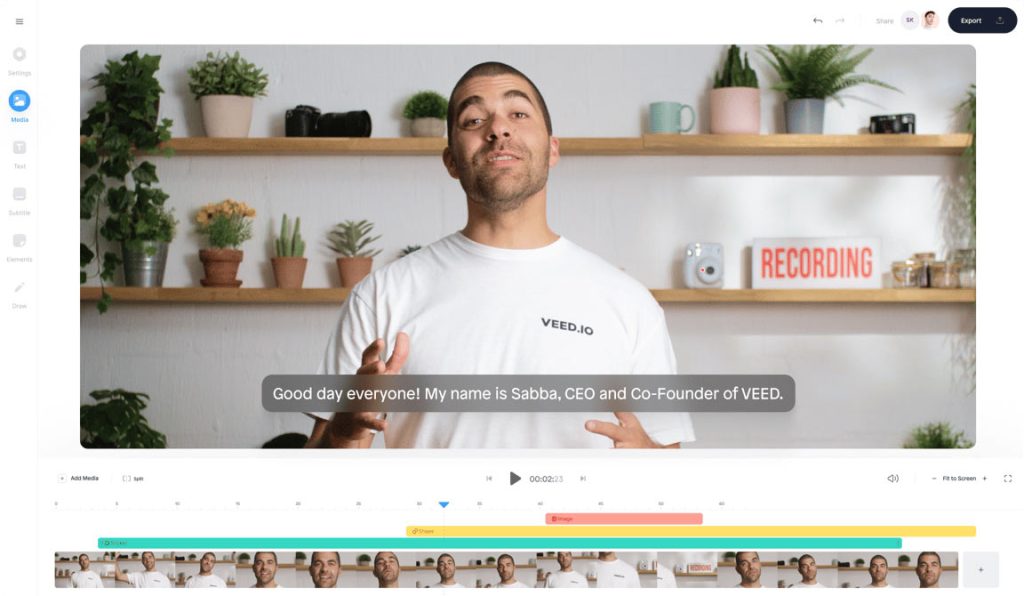
Video Editing
VEED is another good tool with many features, including subtitling, editing, and encoding. With VEED, designers can create engaging presentations for their clients, whether you need to add subtitles to a video or edit footage.
With its advanced features, VEED is the perfect solution for designers who want to create professional-quality content that stands out from the crowd.
8. ArchitectGPT
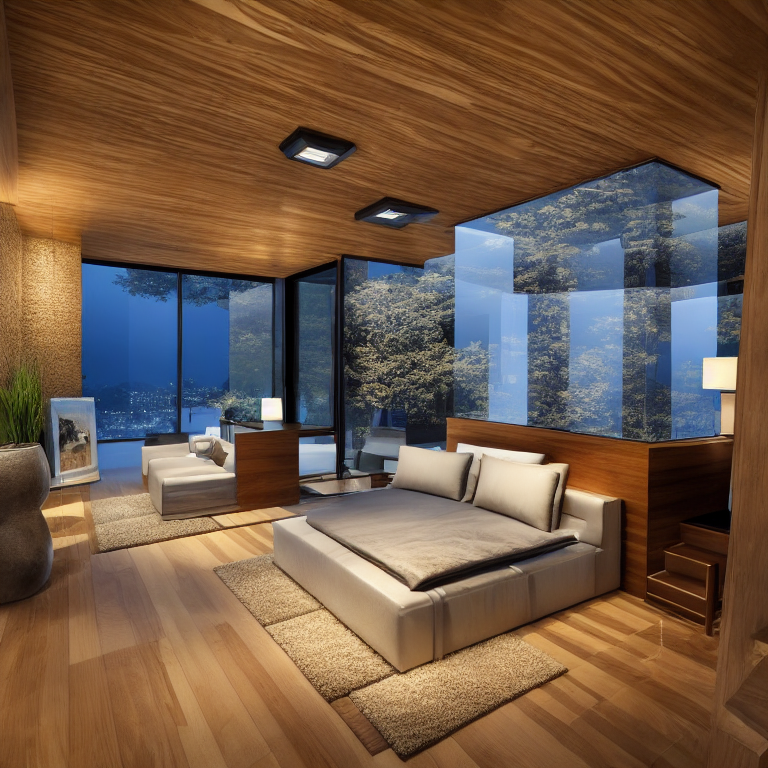
Rendering
ArchitectGPT is an AI-powered design tool that allows architects, real estate professionals, and interior designers to create good visual designs for properties using uploaded photos. With over 10 to 65+ design themes, including Modern, Art Deco, and Rustic, the tool offers a wide range of options to choose from.
The user interface is designed to be easy and intuitive, allowing users to customize any room, from living rooms to kitchens or bedrooms, with just a few clicks. It also features a convenient drag-and-drop function for seamless usability. In addition, users can obtain a commercial-use license for the generated images to utilize them for marketing or other purposes.
If you want to learn more about AI-powered tools for architectural design, join PAACADEMY‘s workshops.


